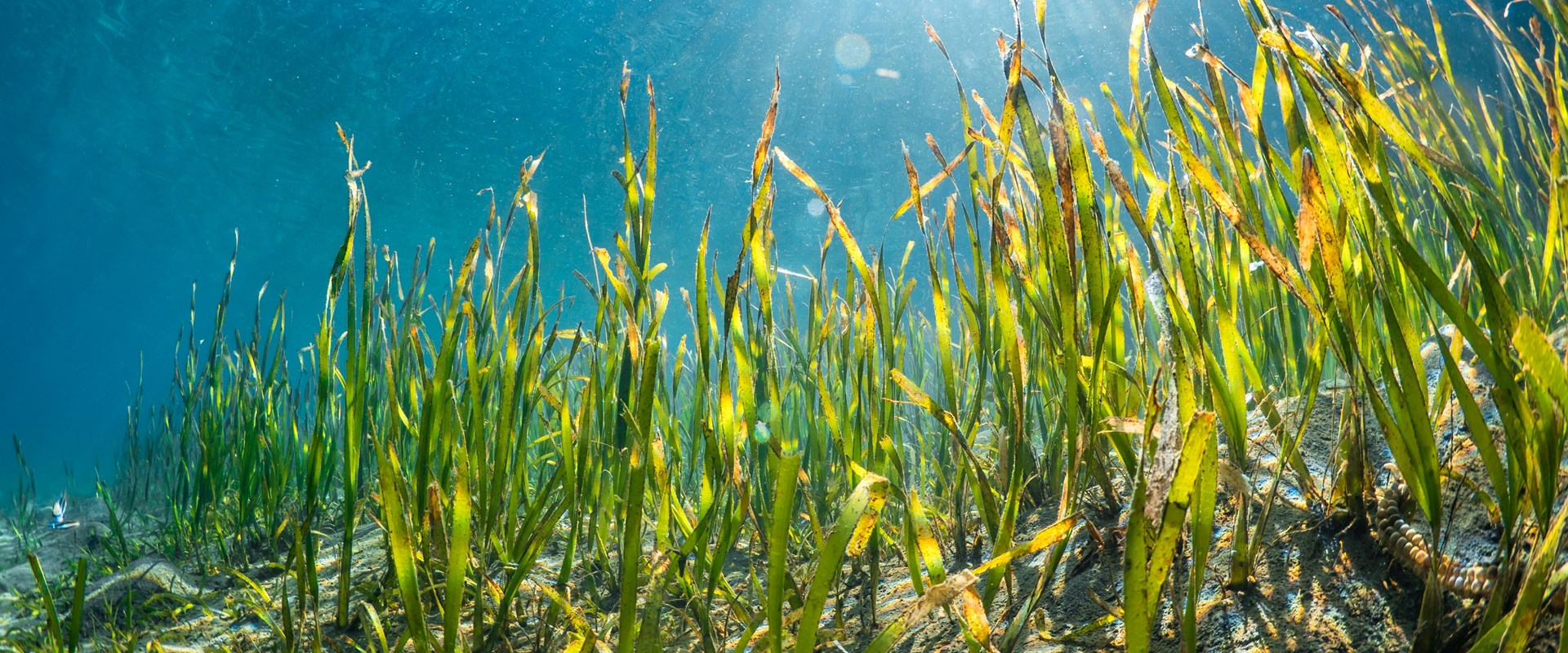
Seagrass habitat restoration
Our team in Australia was pivotal in pioneering a novel method for seagrass transplantation which has now been implemented on several projects around the coast of South Western Australia.
Seagrass meadows are very important to the nearshore coastal environment. They help stabilise the seabed by holding sand with their roots and reducing the waves and currents near the seabed with their leaves. They also provide both food and habitat for marine life. Over the last half-century, around one-third of seagrass along the Adelaide metropolitan coast alone has been lost. Once destroyed, seagrass ecosystems do not quickly recover as waves and currents erode the exposed seabed and inhibit regrowth.
We have improved sustainability outcomes for our customers and the local environment by directly increasing critical seagrass habitats and supporting ecosystem function and carbon sequestration. Seagrasses sequester up to 35 times more carbon per area than tropical forests, estimated at 10.09 to 20.14 mg of carbon per cm−3 of seagrass habitat.
These projects contributed new knowledge and insights to the industry for seagrass transplantation, after ten years of development, instilling our reputation as leading seagrass restoration experts.
Our Associate Principal Scientist, Jonathan Anderson, commented:
“BMT’s seagrass restoration team has recently achieved a significant milestone with the successful completion of the offset programme, transplanting seagrass from development areas into historic loss areas in Southern Western Australia. Doing this programme, the improvement in seagrass has significantly contributed to juvenile fish habitat, habitat for crabs and other invertebrates, and increased carbon storage over the long term. This research and programme that we’ve been working on for almost two decades is something I’m very proud of at BMT.”
In Albany, Western Australia, the ‘Albany Port Expansion Project’ saw us complete preliminary works supporting 1.0 ha of seagrass restoration within Princess Royal Harbour (PRH). An additional 0.4 ha of seagrass was transplanted in PRH for the Albany Waterfront Harbour Development Project. The Seagrass Rehabilitation Plan was one of the first seagrass transplantation plans developed and authorised by WA EPAS, and significant improvements have been developed during this 10-year journey to completion. In 2020, the WA EPAS confirmed the successful completion of this project.
Our staff have transplanted over 30,000 seagrass sprigs in areas that had previously lost cover due to industrial and anthropogenic activities. We have enabled the sequestration of ~14t of carbon in 1.4 ha of restored seagrass without any loss of the habitats to be offset. Blue Carbon Markets valued seagrass habitats at $193,843 per hectare in 2016.